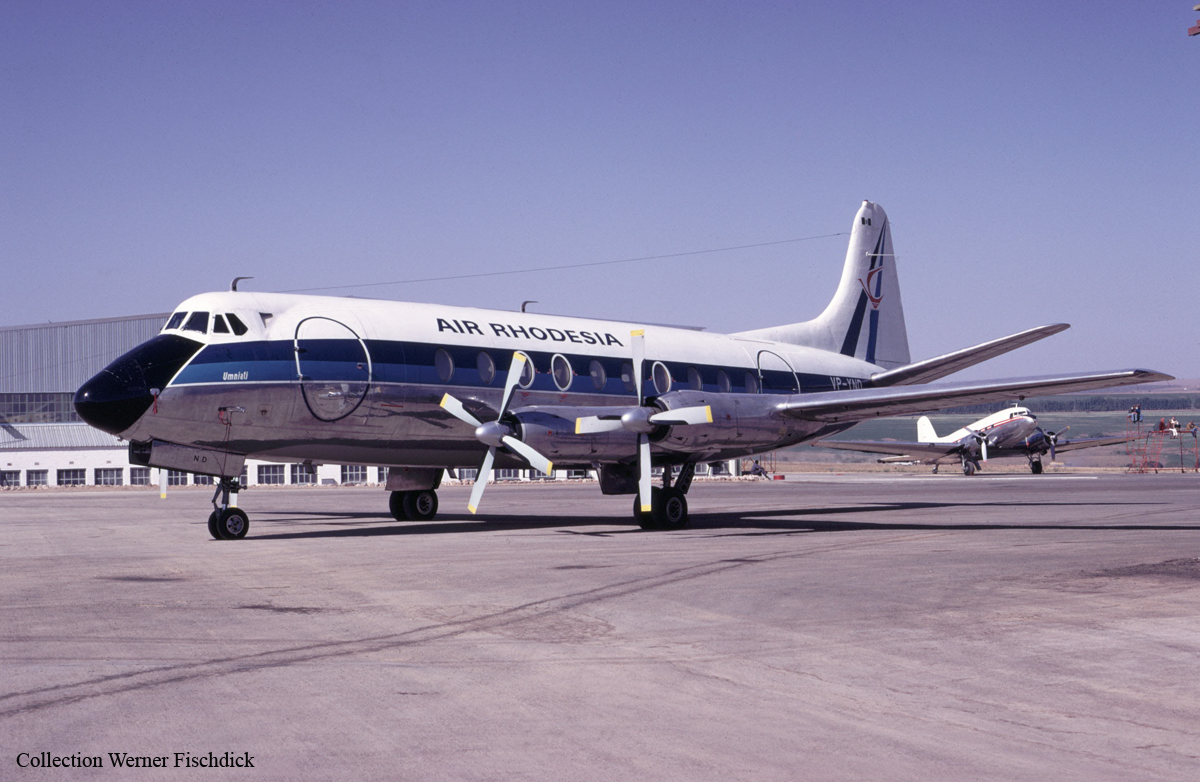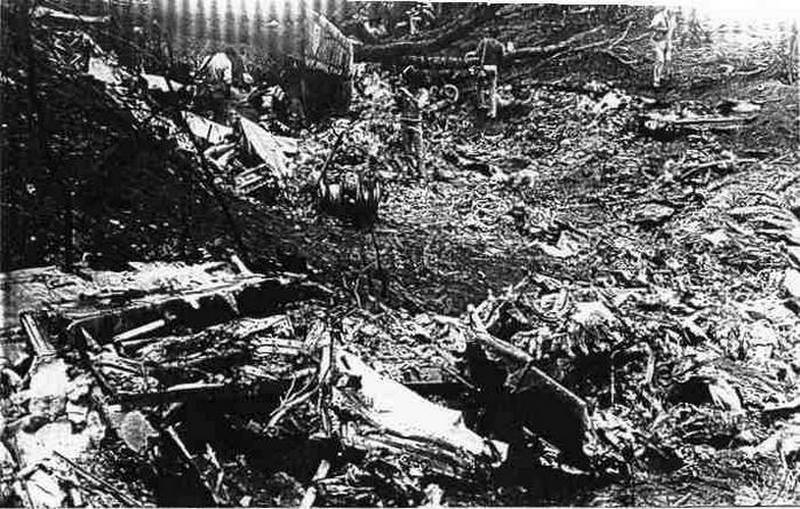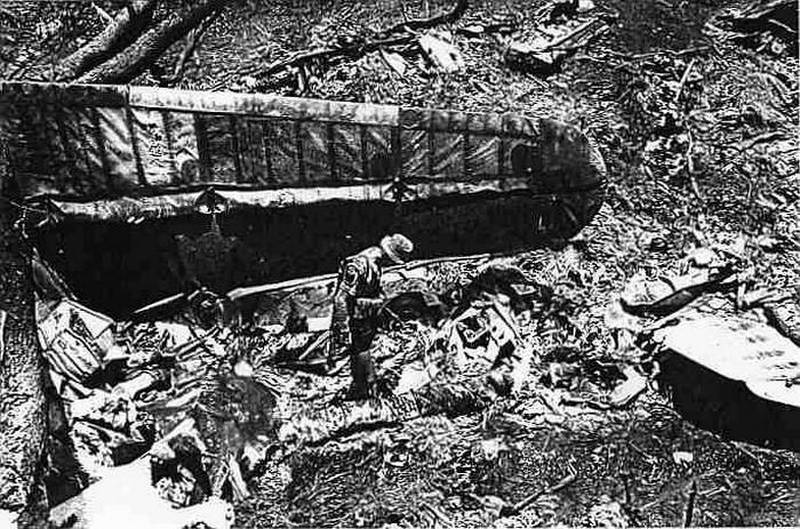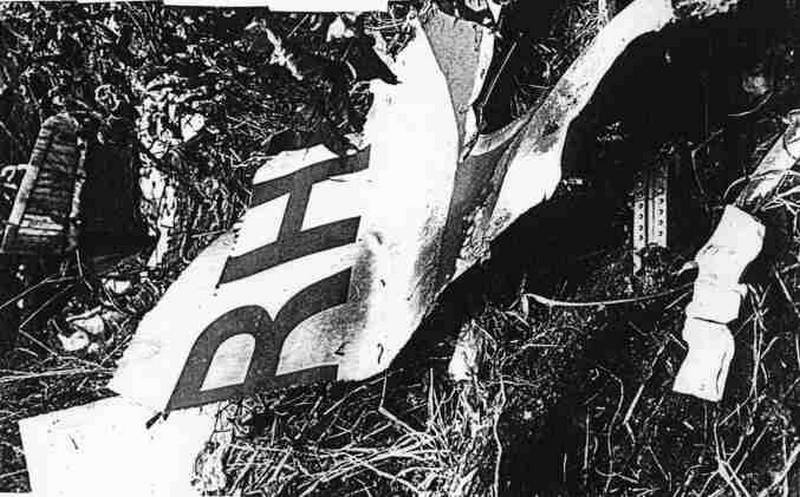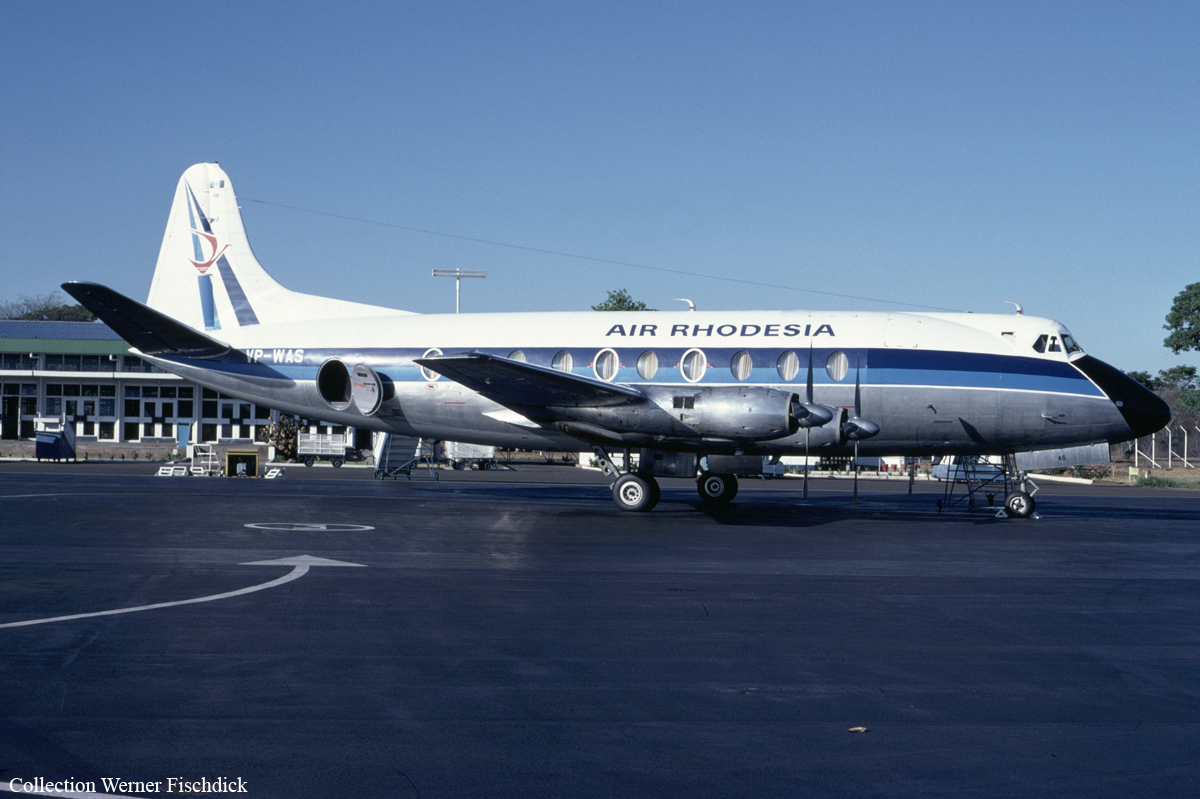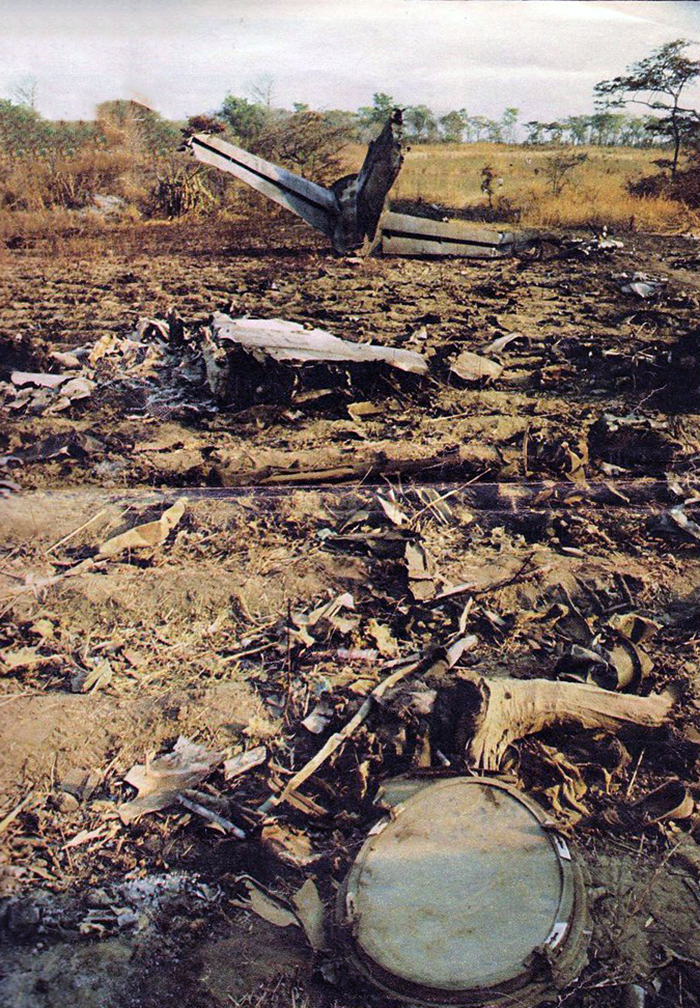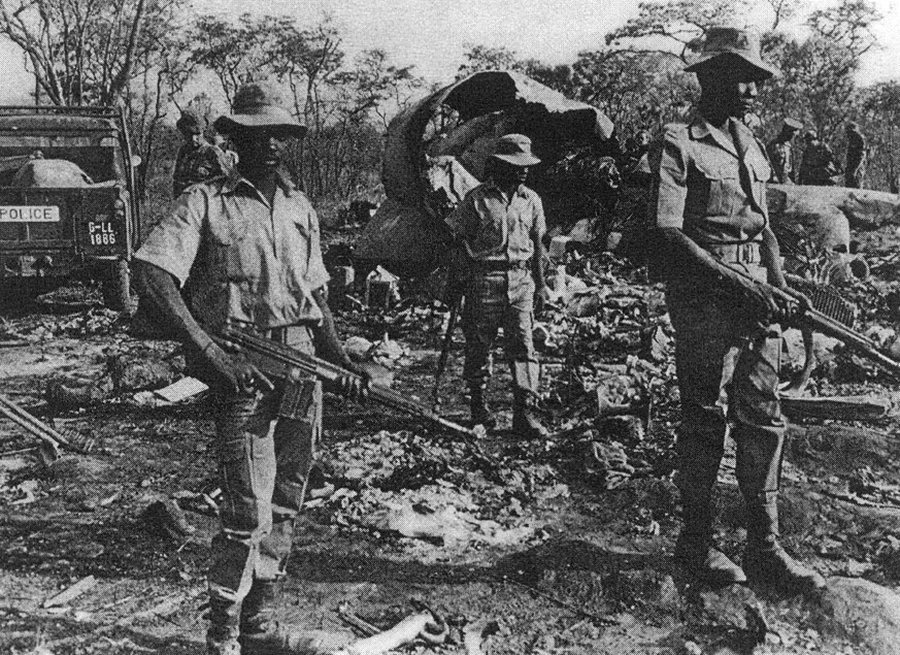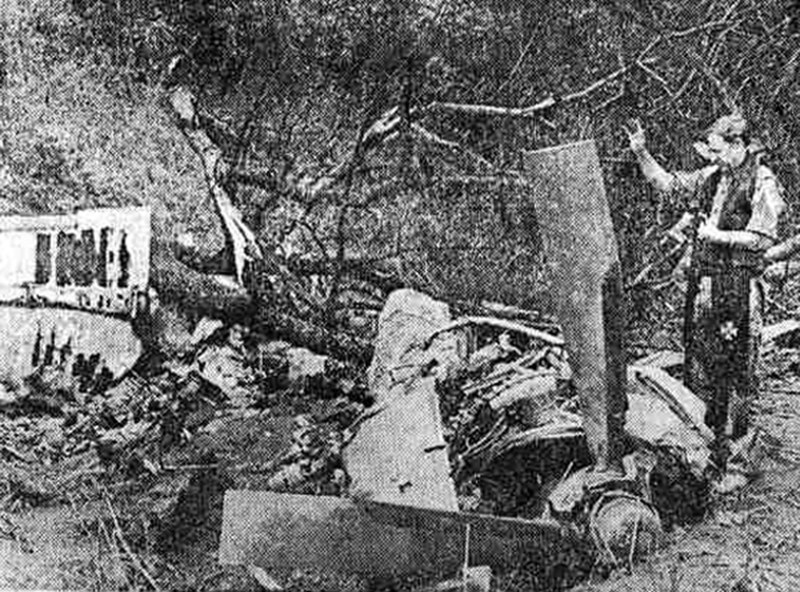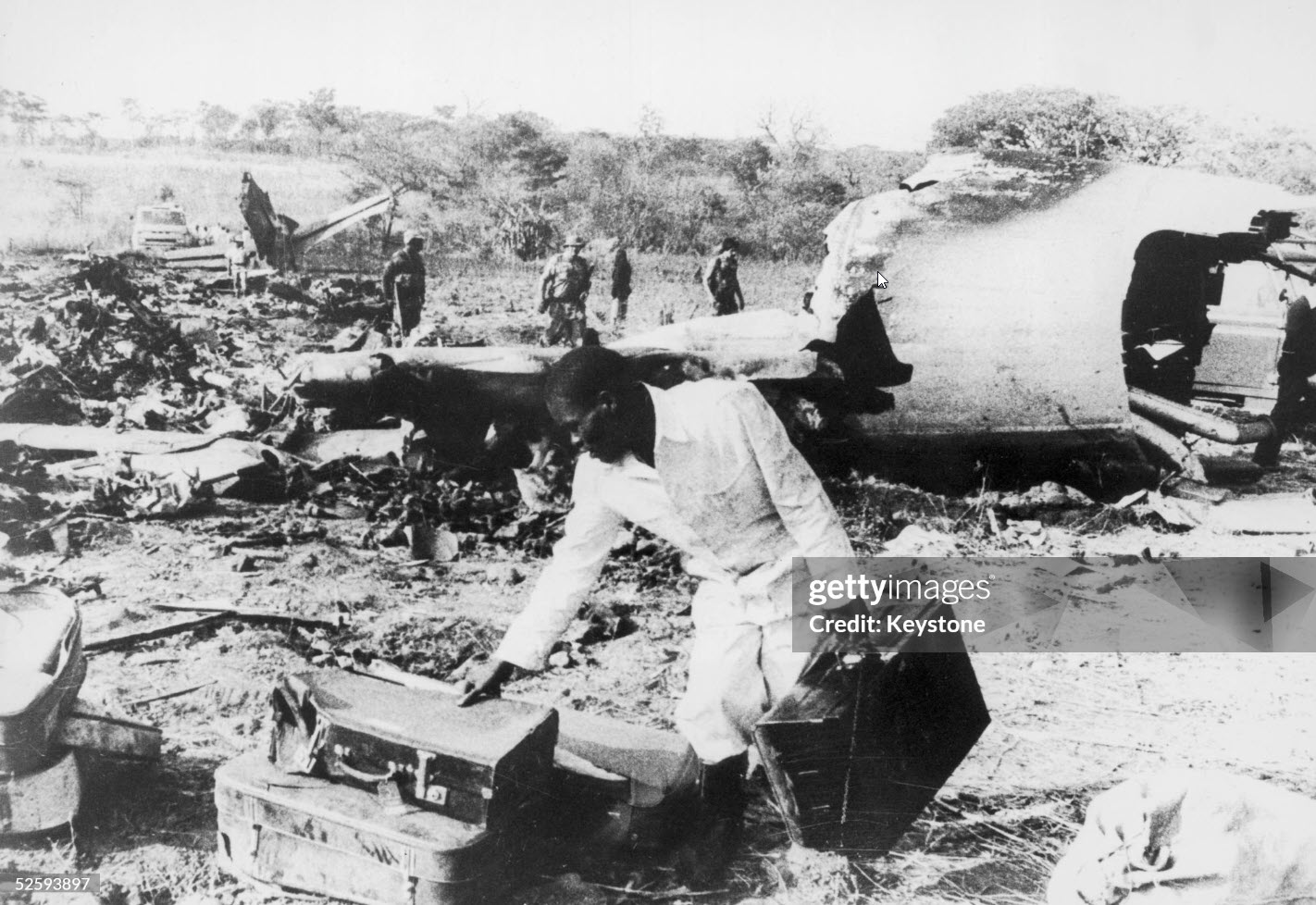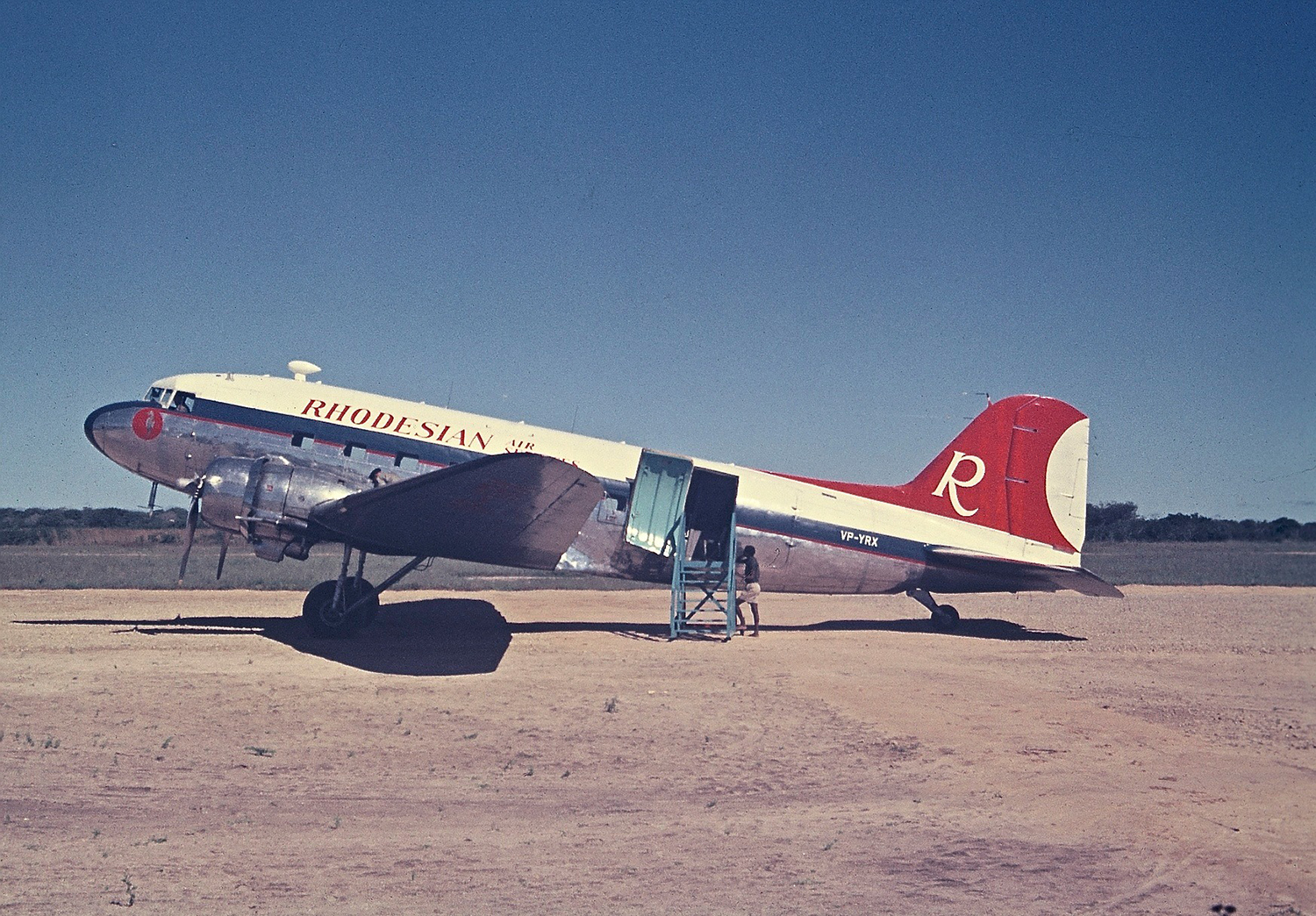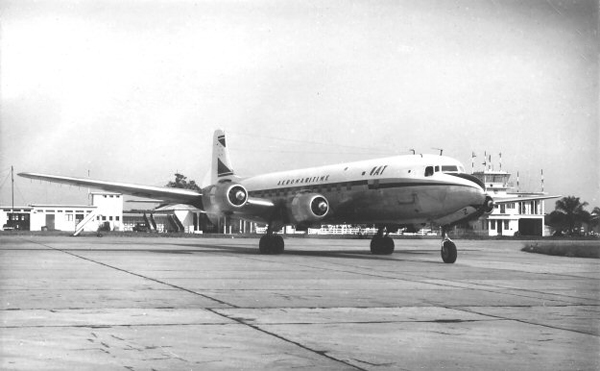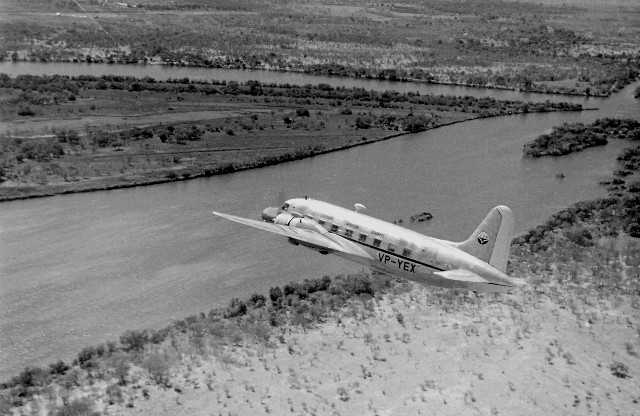Crash of a Vickers 748D Viscount in Kariba: 59 killed
Date & Time:
Feb 12, 1979 at 1705 LT
Registration:
VP-YND
Survivors:
No
Schedule:
Kariba - Salisbury
MSN:
101
YOM:
19567
Flight number:
RH825
Crew on board:
5
Crew fatalities:
Pax on board:
54
Pax fatalities:
Other fatalities:
Total fatalities:
59
Circumstances:
Shortly after takeoff from Kariba Airport, while climbing, the airplane was struck by two SAM-7 missiles. Out of control, it plunged into the ground and crashed in a huge explosion few km from the airport. The aircraft was totally destroyed and all 59 occupants were killed.
Probable cause:
Shut down by two SAM-7 missiles from the Zimbabwe People's Revolutionary Army (ZIPRA) guerrilla.
